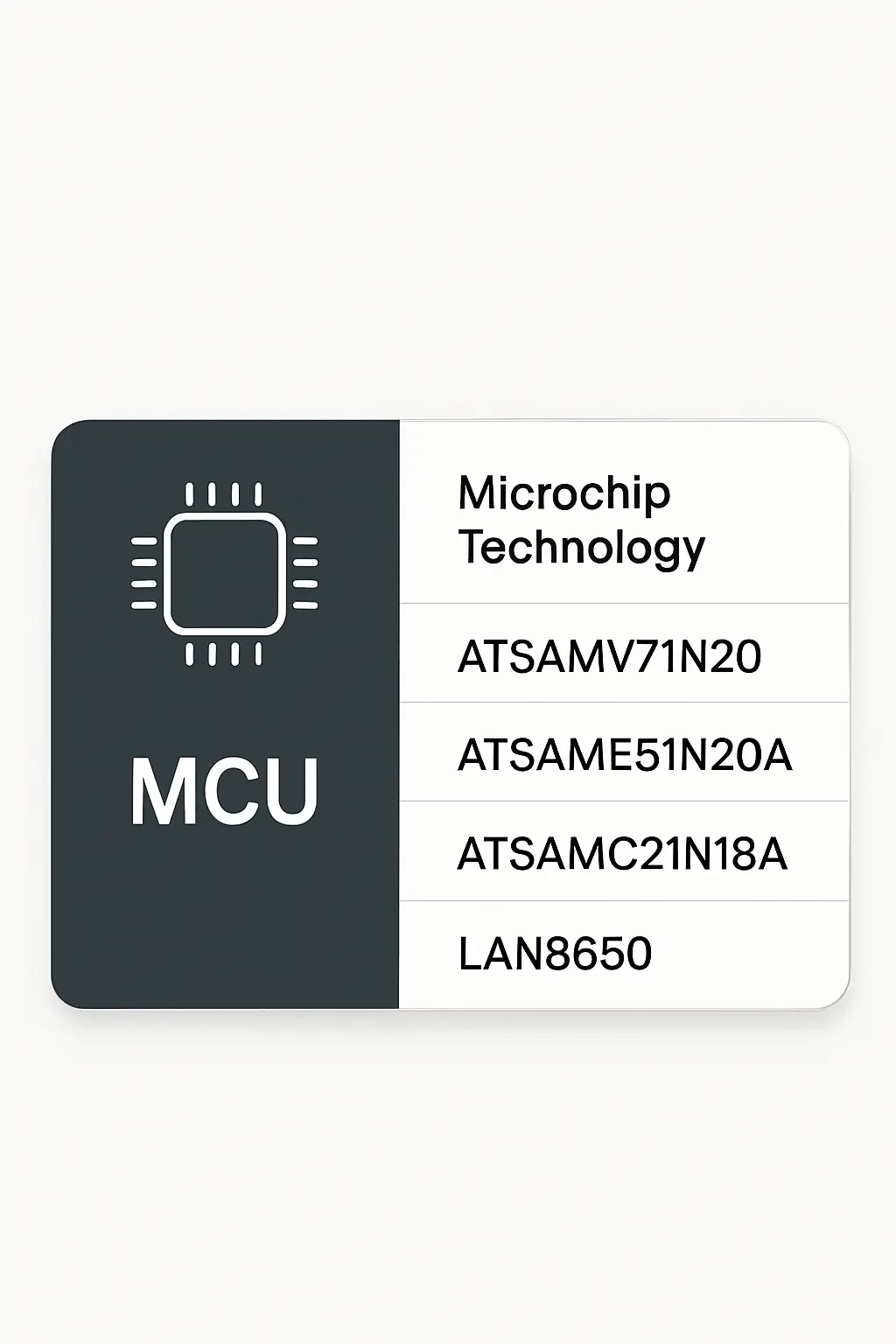MCU
The Automotive Electronics system is a critical component in modern vehicles, enabling advanced functionality and improving safety, comfort, and performance. Within this domain, ADAS (Advanced Driver Assistance Systems) and Autonomous Driving technologies play a vital role in enhancing vehicle intelligence and driver assistance. Radar Systems are an essential part of these technologies, providing real-time object detection, distance measurement, and speed estimation. These systems are typically integrated with Microcontroller Units (MCUs), which serve as the central processing unit for controlling and managing radar functions. Together, these components work to support features such as adaptive cruise control, collision avoidance, and lane departure warning. The MCU processes data from the radar sensors, interprets the environment, and sends commands to other vehicle systems. This integration ensures reliable and efficient operation in various driving conditions. Radar systems are widely used in both passenger and commercial vehicles, supporting applications like blind spot detection, parking assistance, and autonomous navigation. The use of advanced MCUs enhances the accuracy, responsiveness, and reliability of these systems. As automotive technology continues to evolve, the combination of ADAS, radar, and MCUs will play an increasingly important role in shaping the future of smart and safe mobility.
Details
MCU

Related Parts
| Series Name | Description | Manufacturer Name | Attribute Description |
|---|---|---|---|
| Microchip Technology | 32-bit ARM Cortex-M7, 300 MHz, 2MB Flash, 384KB RAM, 100-pin TFBGA, operates up to 125°C, supports Ethernet, CAN, USB, UART, SPI, I2C, 12-bit ADC, PWM, and advanced crypto. | ||
| Microchip Technology | 32-bit ARM Cortex-M4F MCU, 120 MHz, 2048 KB Flash, 256 KB RAM, 1.62V-3.6V, QFP100, USB, CAN-FD, Ethernet, Crypto Engine, 12-bit ADC, DAC, Op-Amps, 5V tolerant I/O | ||
| Microchip Technology | 32-bit ARM Cortex-M0+ core, 48 MHz, 256 KB Flash, 32 KB RAM, 1.62V-3.6V operation, USB, CAN-FD, ADC, DAC, I2C, SPI, UART, QFN-64 package. | ||
| Microchip Technology | 10/100 Ethernet PHY, 2.5V–3.3V supply, low EMI, integrated 10BASE-T/100BASE-TX transceivers, 48-pin LQFP, supports MII/RMII, -40°C to +85°C operating temperature, low power consumption with Energy Efficient Ethernet. |








.png?x-oss-process=image/format,webp/resize,h_32)










